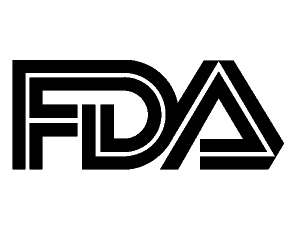
Belimumab is a fully human IgG1λ antibody. It binds to the soluble cytokine, B-lymphocyte stimulator (BLyS) inhibiting its action. BLyS is important for the survival of B lymphocytes, but in patients with systemic lupus erythematosus (SLE) it is overexpressed. Belimumab was approved for the treatment of adults with autoantibody positive SLE who are on standard treatment in March 2011. One of the pivitol phase 3 trials that demonstrated belimumab’s efficacy [Navarra SV, et al. Efficacy and safety of belimumab in patients with active systemic lupus erythematosus: a randomized, placebo-controlled, phase 3 trial. Lancet 2011;377:721-31] is summarized below.
Methods:
Adult patients with active lupus and positive autoantibodies (ANA or anti-dsDNA) who were on a stable treatment regimen with fixed doses of prednisone (up to 40mg/day) were eligible for inclusion. Of note, patients with severe active lupus nephritis or CNS lupus were excluded from the study. Patients were randomized to receive placebo, belimumab 1mg/kg, or belimumab 10mg/kg. Patients and investigators were blinded to treatment assignment. The primary endpoint was the response rate after 52 weeks as measured by the SLE responder index (SRI). To be a SRI responder, a patient had to meet all 4 of the following criteria: 1) decrease ≥4 points in the SELENA-SLEAI score; 2) no new BILAG A organ domain scores; 3) ≤1 new BILAG B organ domain score; 4) no worsening in physician global assessment score.
Results:
865 patients with lupus were randomly assigned and treated during the study. The most common organ systems involved were musculoskeletal, immunological, dermal, and mucocutaneous. Patients in the belimumab groups had a significantly greater response when assessed by SRI compared to placebo. The rate of flare was reduced among the belimumab group (asses with SFI and new BILAG 1A or 2B). Patients in the belimumab group had a serologic response in a dose-dependent manner. There was a higher average prednisone dose in the placebo group than in the belimumab groups from week 8, and fewer patients in the belimumab group required an increase in prednisone dose >7.5 mg/day during the trial. The number of adverse events was similar between all three groups. There were more infusion reactions in the belimumab group including two anaphylactic reactions.
Conclusions:
Belimumab in combination with standard therapy resulted in a higher response rate than placebo after 52 weeks as measured by the SLE responder index. There also appeared to be a dose response. Belimumab resulted in a rapid improvement in serological activity of SLE and a steroid-sparing effect. The safety profile of belimumab was similar to placebo.
Editorial Comment:
Due to the great heterogenicity of clinical features among patients with SLE, interventional studies can be quite challenging. This trial is admirable for many reasons, but primarily due to the carefully constructed outcome measures. Although the magnitude of the belimumab effect was not large, the safety profile was reassuring. It is important to note that the drug has only thus far has been approved for adult patients with seropositive SLE on standard therapy. Further, it may be most appropriate for lupus patients with musculoskeletal, dermatologic, and hematologic/immunologic activity as these are the patients most highly represented in the studies.
It is important to note however that belimumab has been studied in rheumatoid arthritis and was not effective. This differential response between diseases is notable, as is the fact that B cell depletion using anti-CD20 directed therapy was effective in RA. Such differences may ultimately provide insights into the role of specific B cell populations in autoimmune disease.

